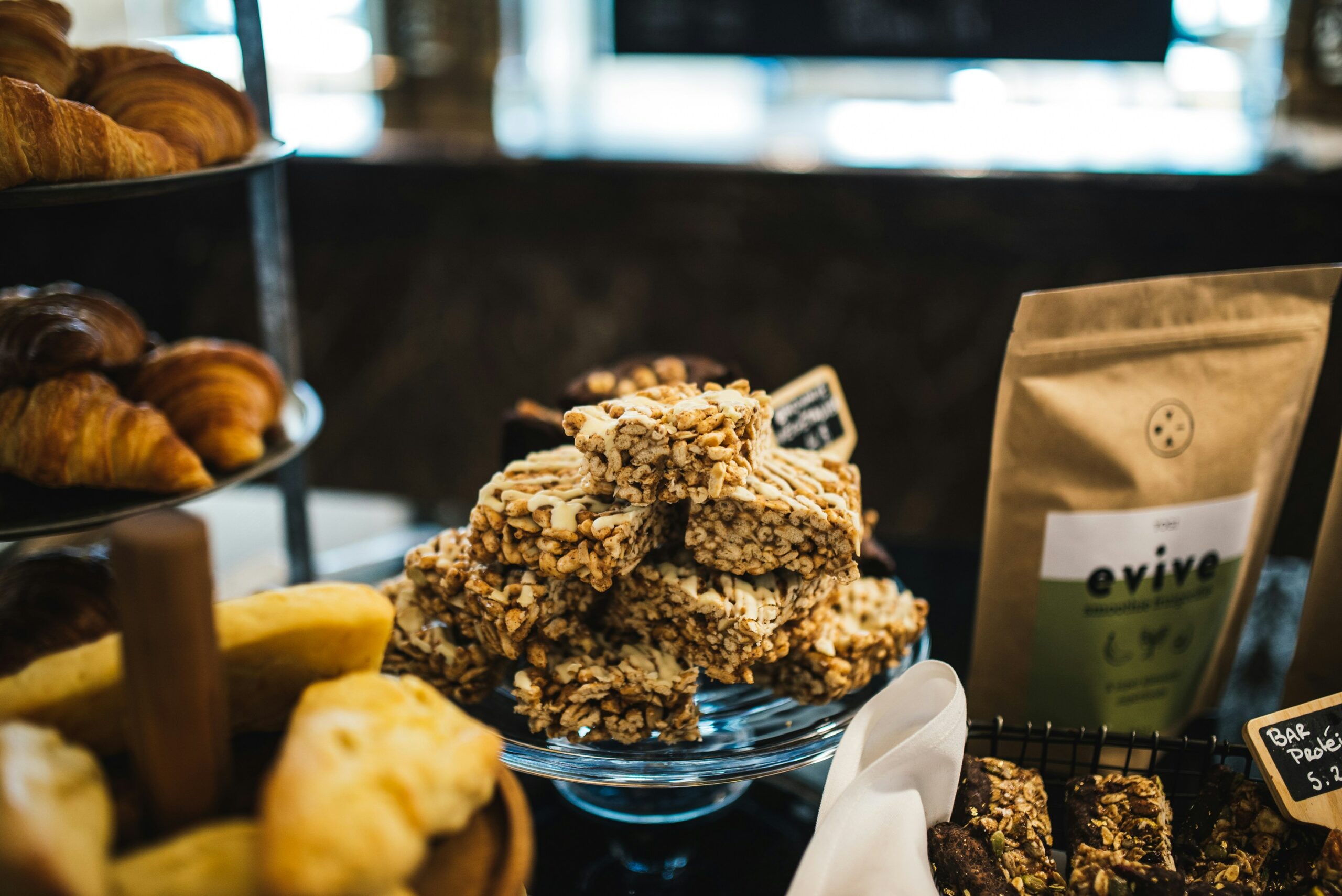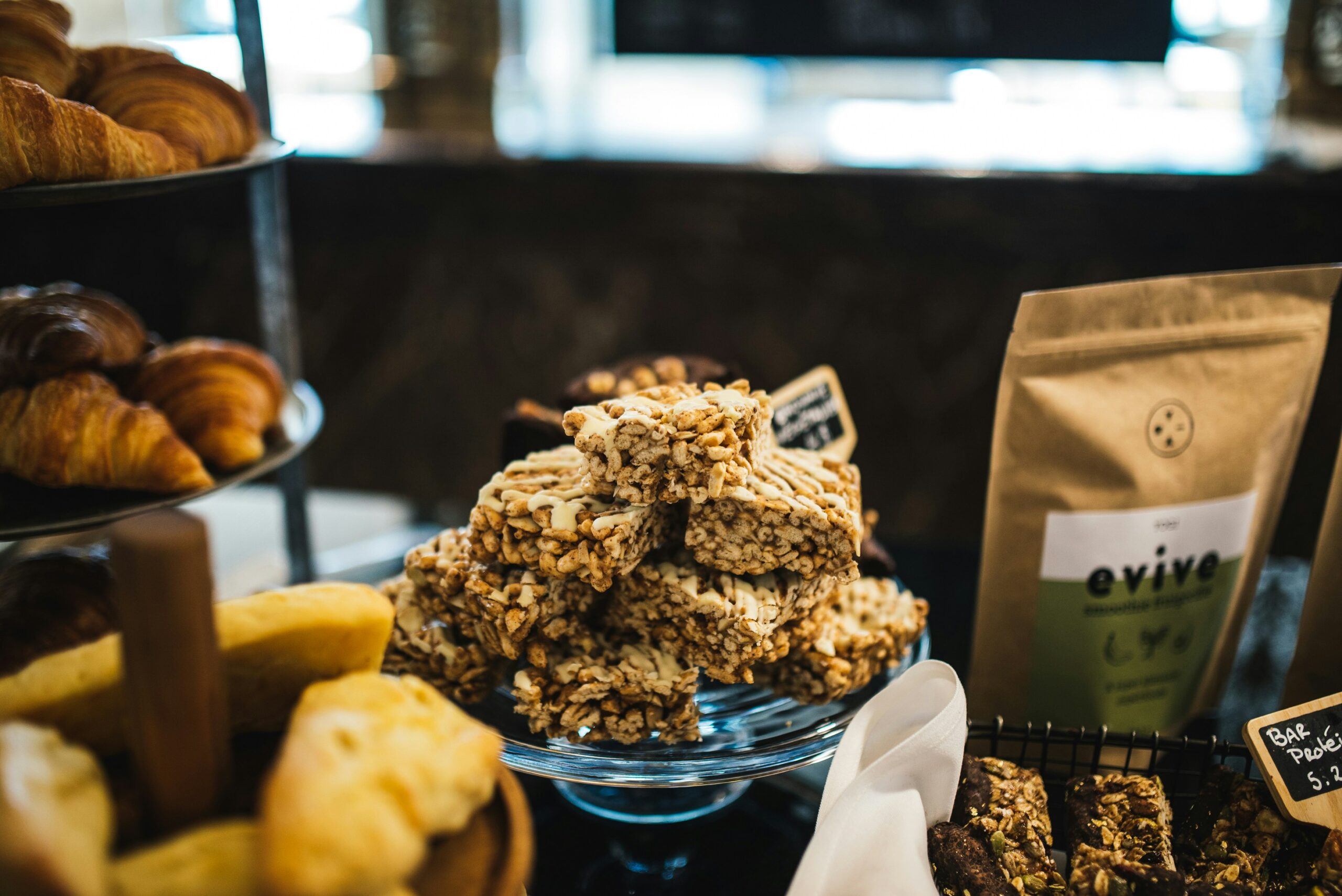The Best Fluffy Pancakes recipe you will fall in love with. Full of tips and tricks to help you make the best pancakes.

Understanding Granola Bars: What They Are and What They Contain
Granola bars have gained immense popularity as convenient and portable snacks, but their origin dates back to the 19th century. Initially, granola was a homemade mixture of oats, nuts, and honey, often baked into loose clusters. This traditional version laid the groundwork for what would evolve into the contemporary granola bar. Throughout the years, the rise of commercial production transformed granola from a homemade snack to mass-produced items found on supermarket shelves worldwide.
The core ingredients of granola bars typically include oats, nuts, seeds, and sweeteners such as honey or agave syrup, each contributing to the overall taste and texture. Oats serve as the primary base, providing a good source of fiber and essential nutrients. Nuts and seeds not only enhance the flavor but also add healthy fats and protein, making these bars a more satiating option compared to many snack alternatives. Sweeteners play a crucial role in binding the ingredients together while adding flavor, though the type and quantity can differ vastly among brands and homemade recipes.
Nutritionally, granola bars may offer several benefits. They can be a reliable energy source, making them suitable for pre-or post-workout snacks. Their fiber content may also aid in digestion and support heart health. However, it is essential to be mindful of the variations among granola bars. Many commercial products may contain high levels of added sugars, preservatives, and artificial ingredients, which can diminish their healthful reputation. Consequently, consumers should examine ingredient lists and nutritional profiles carefully to make informed choices.
Health Benefits of Granola Bars: Are They as Nutritious as They Claim?
Granola bars have gained immense popularity as a convenient snack option, particularly for those with busy lifestyles. One of the primary health benefits of granola bars is their ability to provide a quick source of energy. Comprised predominantly of whole grains, nuts, seeds, and dried fruits, these bars deliver essential macronutrients that active individuals require to sustain their energy levels throughout the day. Whole grains, specifically, can help regulate energy release, allowing for prolonged stamina during physical activities.
Moreover, granola bars can be an excellent source of dietary fiber. Fiber plays a crucial role in digestive health, promoting regularity and aiding in nutrient absorption. Many granola bars, especially those containing oats and nuts, can contribute significantly to daily fiber intake. This is particularly beneficial for individuals seeking to manage their weight or improve their overall digestive health.
However, it is vital for consumers to scrutinize the nutritional labels when selecting granola bars. While many products tout health benefits, they can also contain high levels of added sugars and preservatives, which can negate their nutritious value. Some bars can be laden with syrups, which not only elevate sugar content but can also introduce unnecessary calories. Therefore, understanding the ingredient list is essential in distinguishing healthier homemade options from less nutritious store-bought varieties.
Expert recommendations often emphasize the importance of choosing granola bars that contain minimal ingredients, particularly those rich in whole foods. Additionally, testimonials from fitness enthusiasts frequently highlight the positive impact of incorporating homemade granola bars into their diets, allowing for customization based on personal preferences and dietary needs. By making informed choices, consumers can genuinely benefit from the potential advantages that granola bars offer as part of a balanced diet.
DIY Granola Bars: Simple Recipes to Create Your Own
Homemade granola bars are not only delicious but also allow for customization according to dietary preferences and taste. Here are a few simple recipes that cater to various dietary needs, including gluten-free, vegan, and low-sugar options. Each recipe can serve as a foundation to explore different flavors and additions.
Gluten-Free Granola Bars: To create gluten-free granola bars, combine 2 cups of gluten-free oats, 1 cup of nut butter (such as almond or peanut butter), 1/4 cup of honey or maple syrup, and 1/2 cup of your choice of mix-ins (such as nuts, dried fruits, or chocolate chips). Mix all the ingredients thoroughly, press the mixture into a lined baking dish, and refrigerate for at least 2 hours. Once firm, cut into bars and store in an airtight container for up to a week.
Vegan Granola Bars: For a vegan option, mix 2 cups of rolled oats, 1/2 cup of almond butter or sunflower seed butter, 1/4 cup of maple syrup, and 1/2 cup of seeds or dried fruits. Spread the mixture into a baking pan lined with parchment paper and bake at 350°F for about 15 minutes or until they are golden. Let them cool completely before slicing. These bars can be stored in a sealed container for up to a week.
Low-Sugar Granola Bars: For a low-sugar alternative, use 2 cups of oats, 1/4 cup of unsweetened applesauce, and 1/4 cup of nut butter. Incorporate a handful of nuts and seeds for added crunch. This mixture should be pressed into a pan and baked at 325°F for approximately 20 minutes. After cooling, cut into squares, and enjoy a healthier snack that is rich in fiber and energy.
When cutting and storing granola bars, ensure they are completely cooled to maintain their structure. Use a sharp knife for even cuts and consider wrapping individual bars in parchment paper, which also helps retain moisture. Proper storage in an airtight container at room temperature can preserve their freshness for a week, or refrigerating them can extend their shelf life.
Debunking Granola Bar Myths: Separating Fact from Fiction
Granola bars are often misperceived as healthful snacks, providing a “health halo” that can lead consumers to overlook crucial nutritional facts. One prevalent myth is that all granola bars are inherently healthy. While some varieties do contain nutritious ingredients such as whole grains, nuts, and fruits, others can be laden with added sugars, unhealthy fats, and artificial additives, diminishing their health benefits significantly. It is vital for consumers to scrutinize labels and recognize that not all granola bars are created equal.
Another common misconception involves caloric content; several individuals assume granola bars are a low-calorie snacking option. However, many commercial products can contain high levels of calories, primarily due to sugar and fat content. A study published in the Journal of Nutrition found that many bars marketed as “healthy” often contain similar or even higher calories than traditional desserts. Therefore, consuming granola bars without proper portion control may lead to unintended caloric overconsumption.
The belief that granola bars can be eaten freely without consideration for one’s overall dietary habits is misleading. Even whole-food-based granola bars should not substitute for a balanced diet; they should rather be enjoyed in moderation. Emphasizing variety in one’s diet is crucial for obtaining necessary nutrients that granola bars alone cannot fulfill. Experts recommend viewing granola bars as occasional treats rather than staples in a regular diet.
In the context of a well-rounded eating plan, granola bars can serve as convenient, on-the-go snacks, particularly for those engaged in physical activity. Nevertheless, understanding the facts surrounding granola bars is essential to make informed choices. By recognizing and addressing these misconceptions, consumers can better navigate the granola bar landscape to find options that truly contribute to their health without becoming over-reliant on any singular food item.







